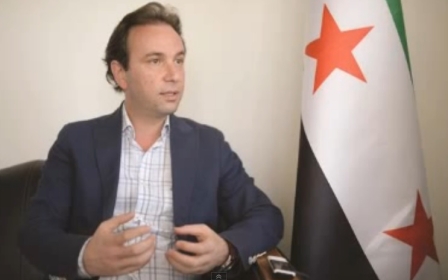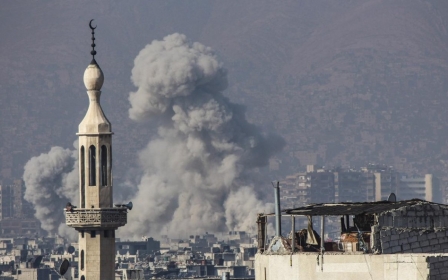Chlorine gas used in Syria attacks: OPCW

UNITED NATIONS, United States - A report by the OPCW chemical watchdog has concluded "with a high degree of confidence" that chlorine gas was used in attacks on three villages in Syria last year.
At least 13 people died among the 350 to 500 casualties from the attacks, according to the report by a fact-finding mission of the Organization for the Prohibition of Chemical Weapons, obtained by AFP news agency on Tuesday.
The UN Security Council discussed the report on Tuesday, prompting a clash between Britain, France, the United States, which raised concerns over the findings, and Russia, diplomats said.
US Ambassador Samantha Power said the latest report provided "more compelling eyewitness evidence of chlorine gas use by Syria regime".
"Regime must be shown it is not enough to destroy declared CW (chemical weapons); must stop dropping chemical-laden explosives on civilians," Power posted on her Twitter account.
The report did not attribute responsibility for the chlorine attacks that were carried out from April to August on the villages of Talmenese, Al Tamanah and Kafr Zita.
But Power cited the report as noting that 32 witnesses saw or heard the sound of helicopters as bombs struck and that 29 smelled chlorine. "Only Syrian regime uses helos," she wrote.
During the behind-closed-door meeting, Syrian ally Russia insisted that the matter should be dealt with by the OPCW, and not the Security Council, diplomats said.
Chilean Ambassador Cristian Barros Melet, who chairs the 15-member council this month, declined to provide details on the discussions, saying only that the council will continue to receive reports on Syria's chemical weapons.
Syria did not have to declare its stockpile of chlorine - a toxic agent that can be considered a chemical weapon - as part of a disarmament deal agreed in 2013 because it is widely used for commercial and domestic purposes.
The report was the third issued by the OPCW on the attacks and provided more details on the three incidents.
President Bashar al-Assad's regime and the rebels have accused each other of using chemical agents, including chlorine, in the nearly four-year war that has killed more than 200,000 people.
After an August 2013 sarin attack outside Damascus that much of the international community blamed on Assad's government, the regime agreed to turn over its chemical arsenal.
A total of 1,300 metric tons of chemical weapons have been removed from Syria and most of those were destroyed on board the US Navy ship MV Cape Ray.
New MEE newsletter: Jerusalem Dispatch
Sign up to get the latest insights and analysis on Israel-Palestine, alongside Turkey Unpacked and other MEE newsletters
Middle East Eye delivers independent and unrivalled coverage and analysis of the Middle East, North Africa and beyond. To learn more about republishing this content and the associated fees, please fill out this form. More about MEE can be found here.




